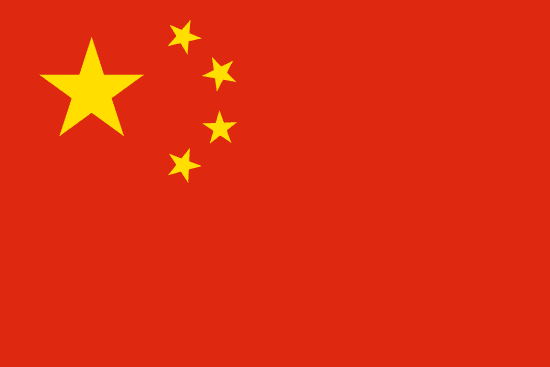In the heart of China, where the mountains meet the sky, lies Shiyan, a city of beauty and strength.
About:
Shiyan, a prefecture-level city in Hubei province, China, was established in 1970 during the country's industrialization drive. Known for its automotive industry, it's home to Dongfeng, a major Chinese truck manufacturer. Shiyan's development was further boosted by the South-to-North Water Diversion Project in the 2000s. Today, it's a significant economic and transportation hub, with advancements in education, healthcare, and tourism, especially due to the nearby Wudang Mountains, a UNESCO World Heritage site.
When to visit:
Shiyan, located in Hubei Province, China, experiences a temperate climate with distinct seasonal changes. The best time to visit Shiyan on a holiday is during the autumn months of September to November when the weather is mild and comfortable. This period offers pleasant temperatures and clear skies, making it ideal for outdoor activities such as hiking in the nearby Wudang Mountains or exploring the ancient Shimen Valley. Spring is also a popular time to visit Shiyan when the cherry blossoms are in full bloom, creating a picturesque backdrop for sightseeing and cultural experiences.
When to avoid:
Shiyan, located in the Hubei province of China, experiences the most challenging travel conditions during the Chinese New Year holiday, typically falling between late January and mid-February. As one of the most significant traditional Chinese festivals, the city sees a surge in domestic travel as people return to their hometowns to celebrate with their families. The increased demand for transportation and accommodation during this period often results in overcrowded public spaces and higher prices. Travelers planning a trip to Shiyan during the Chinese New Year holiday should prepare for potential delays and consider booking accommodations and transportation well in advance.
"Winter Season (Dec-Feb)"
Shiyan, China experiences its coldest and wettest period from December to February. Average temperatures range from -1°C to 9°C, often dipping below freezing at night. Rainfall is heavy, with up to 50mm per month, contributing to the city's misty, ethereal ambiance. Sunlight is minimal, with an average of 3 hours per day, and cloud cover is extensive, often leading to foggy conditions. An average day for a visitor might involve bracing the cold, navigating through the fog, and appreciating the city's quiet, winter beauty.
"Shiyan Summer (June-August)"
The warmest part of the year in Shiyan, China typically spans from June to September. During this period, temperatures usually range from 25°C (77°F) to 35°C (95°F). Rainfall is relatively high, with July being the wettest month, receiving an average of 220mm of rain.
The region experiences an average of 5-6 hours of sunlight per day, with the sunniest month being August. Humidity levels are quite high, generally fluctuating between 70% and 80%. Cloudiness varies, but it's generally cloudier in the earlier part of this period, with clearer skies in August and September.
A typical day for a visitor during this time would feel hot and humid, especially in the afternoon. Mornings might be more comfortable, with temperatures being slightly cooler. They should expect frequent rain showers, especially in July. Despite the rainfall, there will still be a decent amount of sunshine, particularly in the later summer months.
Language:
In Shiyan, a city located in the Hubei Province of China, the most commonly spoken language is Mandarin Chinese, specifically the Southwestern Mandarin dialect. This dialect is one of the most widely spoken versions of Mandarin in the country. Additionally, due to globalization and education, English is also taught in schools and used in business settings.




